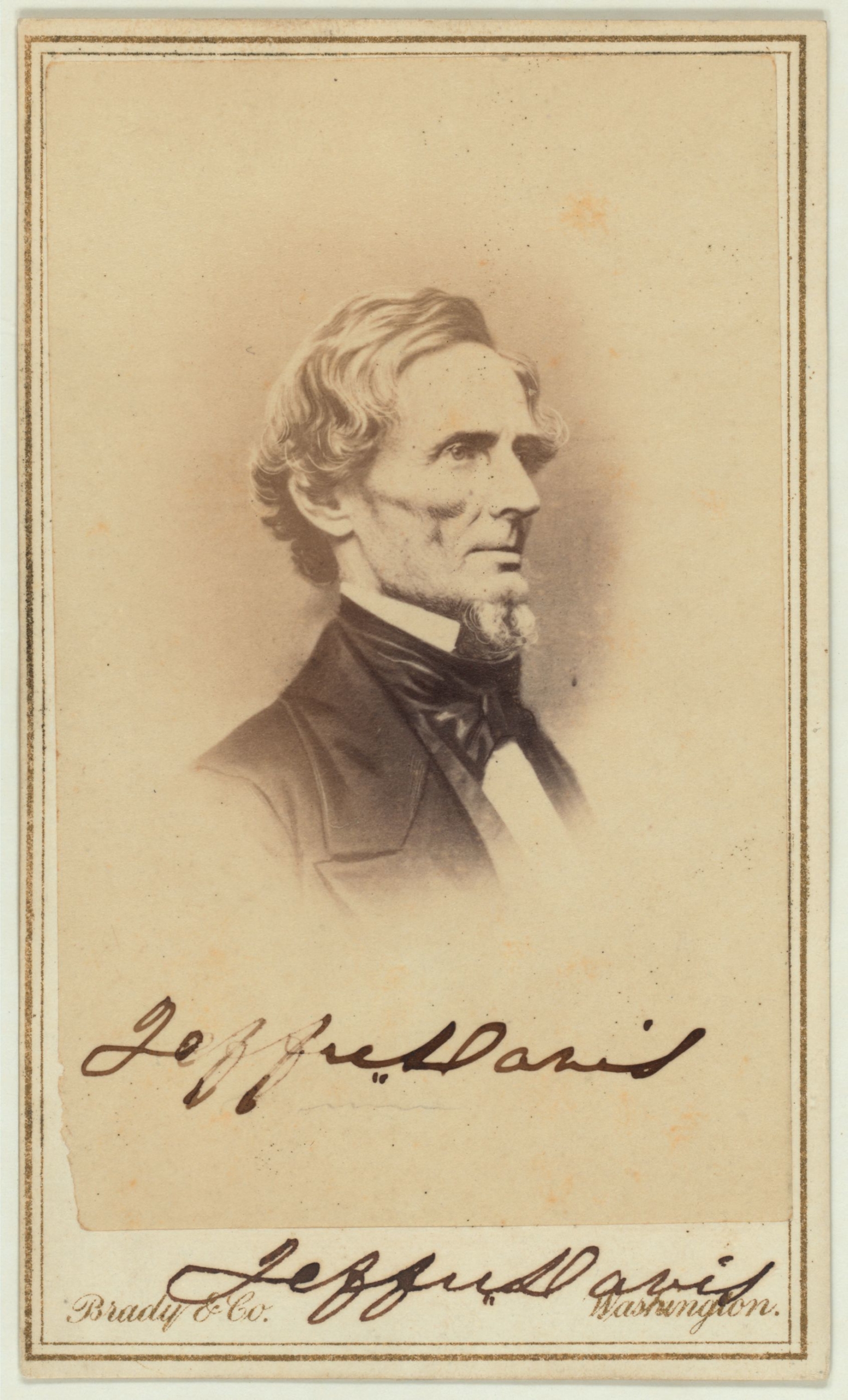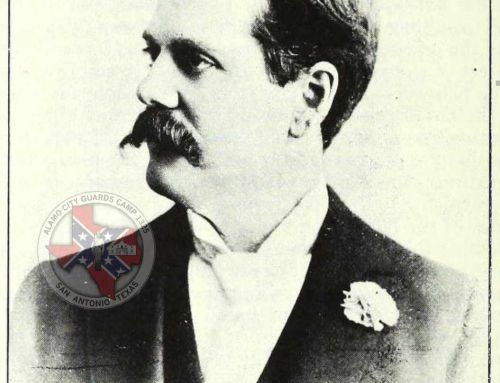Library of Congress | Digital Collections
On November 6, 1861, Jefferson Davis, who had been elected president of the Provisional Government of the Confederacy on February 9, 1861—as a compromise between moderates and radicals—was confirmed by the voters for a full six-year term. By the time of his inauguration as full president on February 22, 1862, the confederate capital, which had originally been in Montgomery, Alabama, had been moved to Richmond, Virginia, in part to defend the strategically important Tredegar Ironworks.
A graduate of the U.S. Military Academy at West Point, Davis was a celebrated veteran of the Mexican War. He served as secretary of war under Franklin Pierce and as a longtime U.S. senator from Mississippi. His first wife, Sarah Knox, was the daughter of president Zachary Taylor. Although a strong advocate of states’ rights, Davis tried to temper the antagonism between North and South in the tense days leading up to the war, opposing secession even after South Carolina left the Union in December 1860. However, when Mississippi seceded in January 1861, the slave-holding planter cast his lot with the Confederacy.
Immediately after his February 18, 1861, inauguration as provisional president, Davis sent a peace commission to Washington. Abraham Lincoln, committed to preserving the Union at any cost, refused to see the emissaries of the Confederacy. In early April, Lincoln dispatched armed ships to resupply the federal garrison at Ft. Sumter under the command of Major Robert Anderson. In response, Davis ordered the April 12 bombardment of the fort. The attack marked the beginning of the Civil War.
[read full article]





